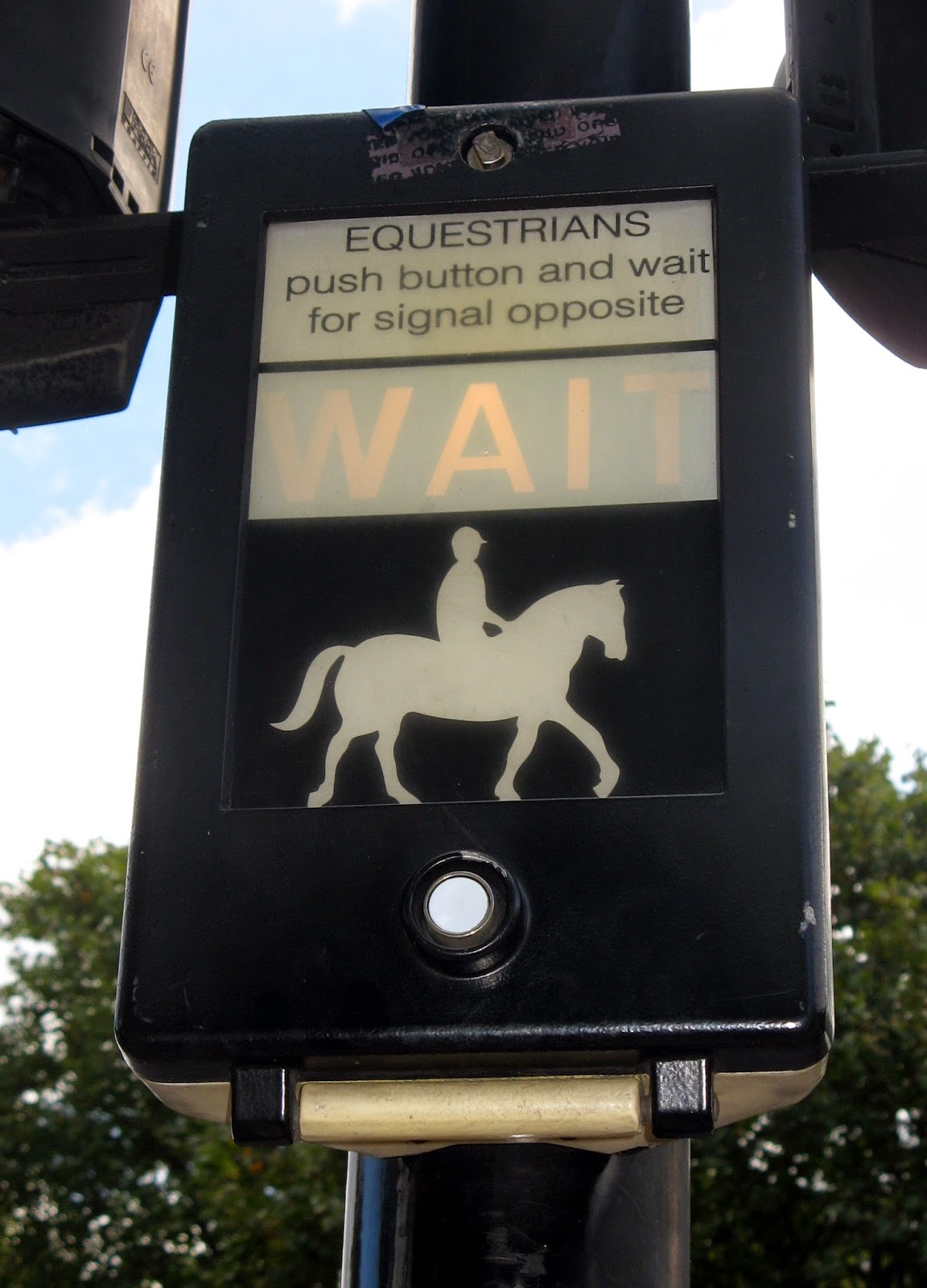Press Coverage of Sex Crimes - Women - Virgins or Vamps?
 |
| Why is the rape victim blamed? Image by DaveBleasdale |
The issues in Helen Benedict's book, Virgin or Vamp: How The Press Covers Sex Crime. Gender, race and class bias affect the coverage of rape still exist.
 Helen Benedict, a professor at the Graduate School of Journalism, Columbia University, New York, is described as "a novelist and journalist who specializes in issues of social justice."
Helen Benedict, a professor at the Graduate School of Journalism, Columbia University, New York, is described as "a novelist and journalist who specializes in issues of social justice." Her book, "Virgin or Vamp: How The Press Covers Sex Crimes," published 1992, analyses how “sex, race and class bias affect the coverage of rape” and examines press treatment of four notorious sex crimes of the 80’s. Benedict’s book, published over twenty years ago, explores media coverage issues that have improved through awareness but are still universally relevant today.
Press Biased Coverage of Sex Crimes
 |
| Lust doesn't motivate the assailant. Image by DaveBleasdale |
Rape Myth
Benedict also presents the historical background of the "rape myth" that she say exists because the majority of people believe that:
- Rape is sex.
- The assailant is motivated by lust.
- The assailant is perverted or crazy.
- The assailant is usually black or lower class.
- Women provoke rape.
- Women deserve rape.
- Only "loose" women are victimised.
- A sexual attack sullies the victim.
- Rape is a punishment for past deeds.
- Women cry rape for revenge. (14-17)
Benedict claims that because of the above myths, rape victims have two profiles: helpless, innocent females, or seductresses. (18-19) Furthermore, Benedict indicates that a victim is labelled a virgin or a vamp depending on the characteristics of those discussing the case, and on the circumstances of the crime itself.
Blame the Rape Victim
Benedict maintains the following "eight factors" lead the public and the press to blame the victim for the rape and to define her as a vamp if she:
- knows the assailant.
- Is of the same race as the assailant.
- is of the same class as the assailant.
- is of the same ethnic group.
- is young.
- is pretty.
- has anyway deviated from the traditional female sex role of being at home with family or children. (in a bar, hitch hiking, at a party, or out on her own anywhere)
- If no weapon is used. (19)
Four Notorious Sex Crimes
The main focus of the book is four specific sex-crime cases and their interpretation by the press. The cases which Benedict chose to illustrate her argument are: the 1979 Greta and John Rideout marital rape case in Oregon; the 1983 pool table gang-rape of a woman in New Bedford, Massachusetts; the 1986 sex-related killing of Jennifer Levin by Robert Chambers in New York, and finally the 1989 gang rape and beating of the Central Park Jogger in New York.
Each case became a major event for print and for television; they were analysed in books and magazines or turned into movies.
Report Rape Cases Without Harm
"Virgin or Vamp" is a detailed, well-researched work. Benedict examined hundred of clippings to provide a catalogue of attitudes towards women in the press. She analysed the language of the original newspaper and magazine stories about each case, and interviewed the reporters and editors responsible for those stories. For background, she conducted research in the fields of media analysis, history, press ethics, the sociology of crime, rape and assault, and linguistics. (4)
Press Coverage of Sex Crimes-Virgin or Vamp-A Present Day Issue
Through her relaxed style of writing, Benedict highlights how biased articles appear when taken out of context. This point accentuates the lack of attention readers pay attention to the semantics of journalism and in effect are guilty of being passive readers by accepting well used clichés as the norm. Benedict’s book although written over twenty years ago concludes with relevant advice for today's reporters on how to improve their methods of reporting rape crimes without further harming the victims.
Source:
Benedict, Helen. Virgin or Vamp: How The Press Covers Sex Crimes, OUP, New York, 1992.
First published by Lesley Lanir on Mar 8, 2011 on Suite101
First published by Lesley Lanir on Mar 8, 2011 on Suite101
Copyright Lesley Lanir. Contact the author to obtain permission for republication.
Mar 8, 2011 Lesley Lanir
Mar 8, 2011 Lesley Lanir



Comments
Post a Comment